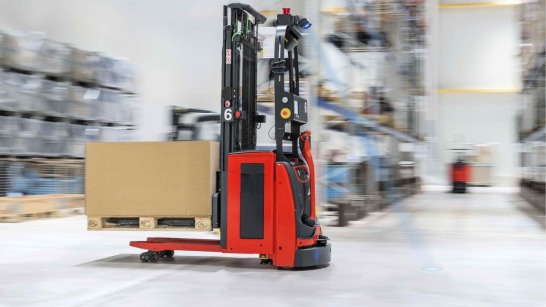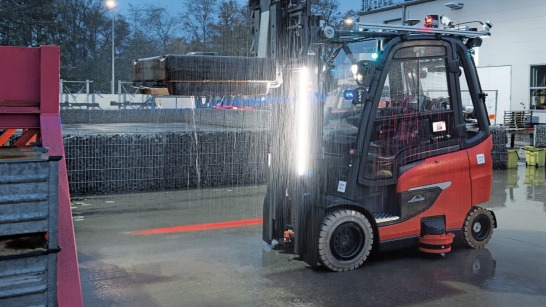_image_546x307.jpg)
The KION Group modernizes logistics thanks to AMR technology
High competition, high customer expectations – and major logistical challenges: The e-commerce sector is an industry that is as demanding as it is highly dynamic. To keep pace with the increasing demands, omnichannel retailer Radial Europe is now relying on an end-to-end solution from KION subsidiary Dematic. The scale of the project with 299 Autonomous Mobile Robots (AMRs) marks a milestone – and enables Radial Europe to achieve greater safety, efficiency and scalability through the integration of advanced AI and robotics technologies.
2024-01-25
.jpg)
.jpg)


